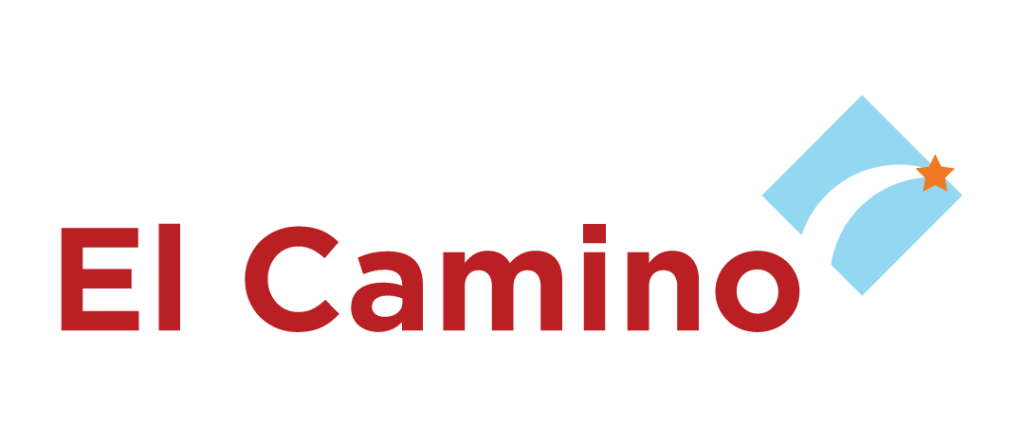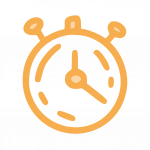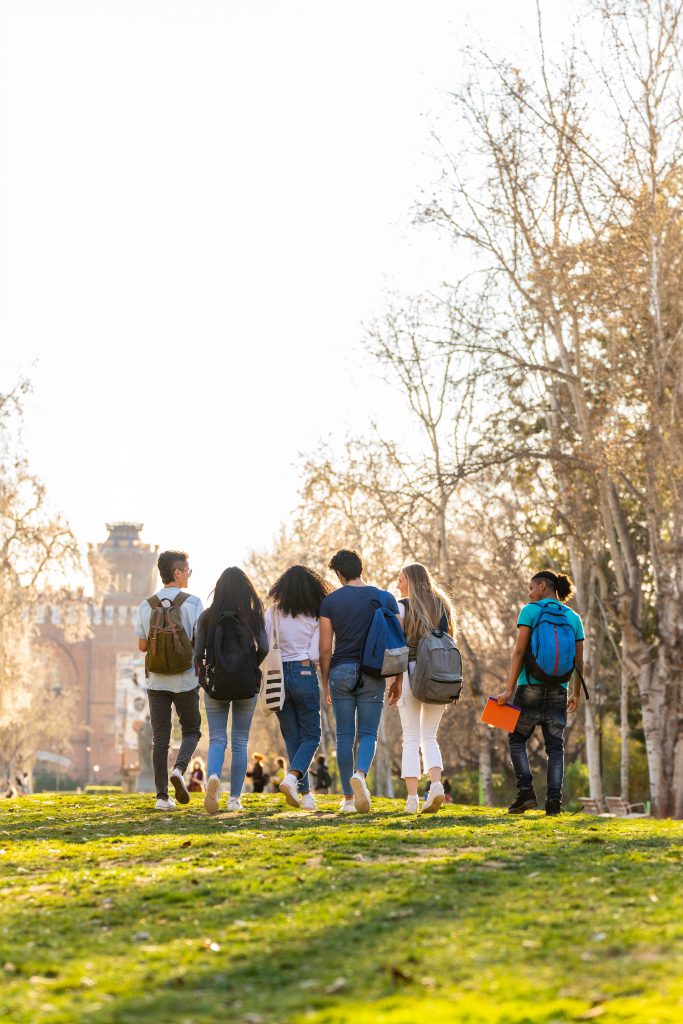
A Goal-Setting Sexual Health Promotion Program
El Camino is a sexual health education program designed for Latino youth based on positive youth development principles. El Camino, developed by Child Trends, provides education, skills, and support to empower its participants to set their own goals, make informed decisions about their sexual and reproductive health, and build healthy relationships. While created with Latino youth in mind, El Camino can be tailored to serve diverse populations of youth.
The El Camino curriculum is available for download—at no cost—in English and Spanish.















